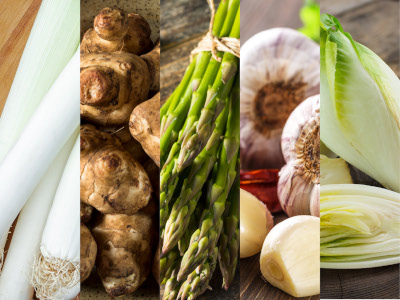
Inulin is a form of soluble fibre which is found naturally in over 36,000 species of plants. It is a prebiotic, which means that it feeds our good gut bacteria. Inulin cannot be digested by the stomach and small intestine. Instead, it is fermented in the large intestine where it’s converted into short-chain fatty acids (SCFA). SCFA have many health benefits, from supporting gut health to reducing the risk of type 2 diabetes and heart disease.
You can buy inulin in supplement or powder form from health food stores such as Real Foods. However, there are many ways to increase your intake of this beneficial prebiotic fibre through certain foods. Here are some examples of good dietary sources.
Garlic
The various health benefits of garlic are well known, from supporting the immune system to reducing cholesterol levels and lowering blood pressure. However, garlic is also a good source of inulin, containing between 9 and 16g per 100g. Add chopped garlic to tomato-based sauces to increase the flavour, or make this nutritious soup to really enjoy the health benefits.
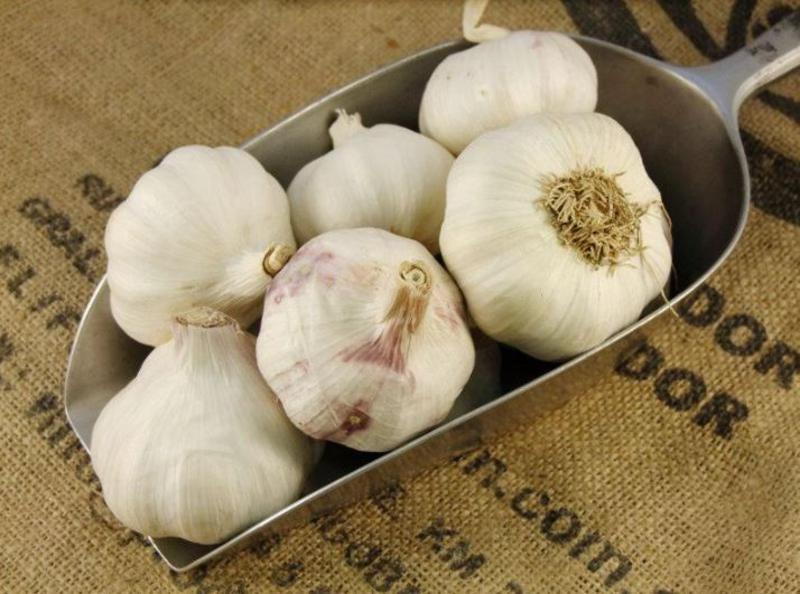
Leeks
Leeks contain 6.5g of inulin per 100g. They are a good source of vitamin A, vitamin C and especially vitamin K, which helps to promote blood clotting. They are also rich in flavonoids, which support the body’s response to oxidative stress. Leek is a very flavoursome ingredient and works well in this delicious savoury recipe for Leek, Carrot & Feta cake.

Onions
Like garlic and leeks, onions belong to the allium family of plants, which boast various medicinal properties. Onions are a good source of vitamin C, vitamin B6 and manganese. Research has shown that they can help to support heart health, blood sugar control and bone density. Raw onion pulp contains between 1.1 and 7.5 g of inulin per 100g, making it another good source of this prebiotic. Here is a recipe for raw, spiced pickled onions, to make the most of that inulin content.
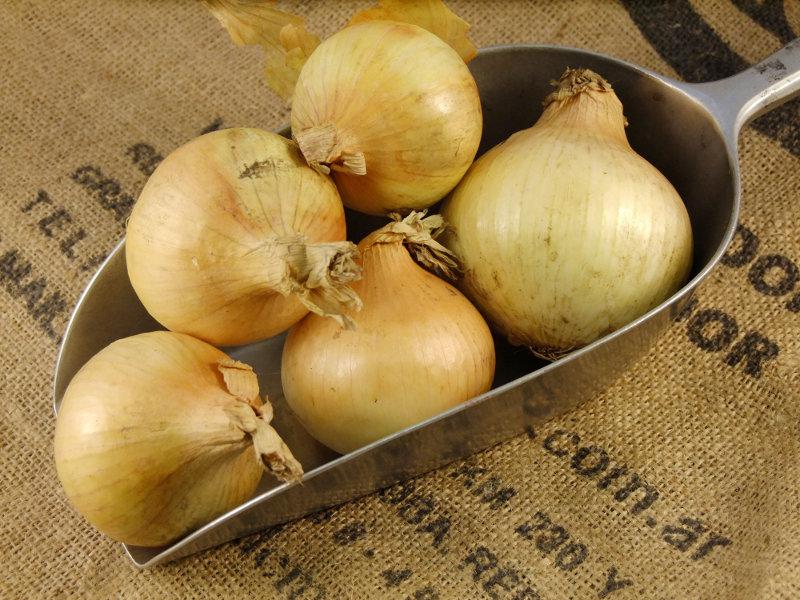
Chicory root
Chicory is a perennial plant with blue flowers, belonging to the dandelion family. It has numerous medicinal and nutritional uses and happens to be an extremely rich source of inulin: between 35.7 and 47.6g per 100g. According to research, dry chicory root extract contains, by weight, approximately 98% inulin. Whole chicory root can be boiled and eaten like a vegetable, whereas ground chicory can be used to make a coffee substitute.
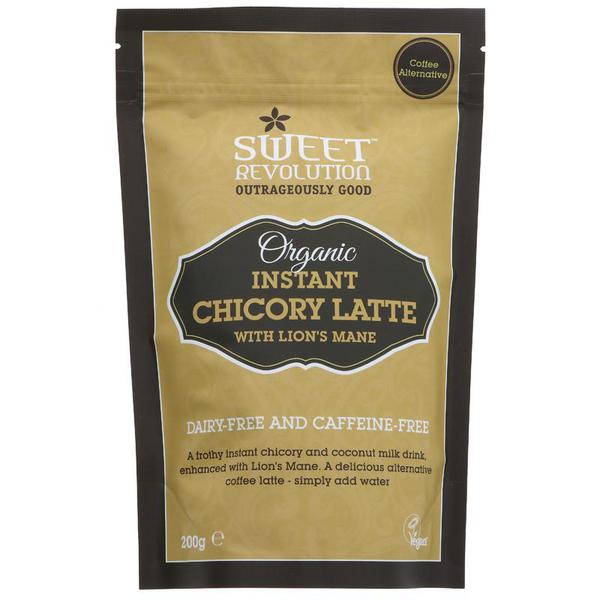
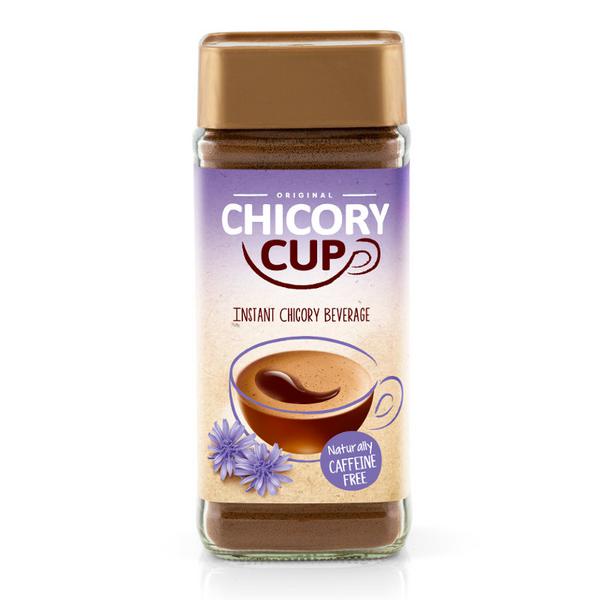
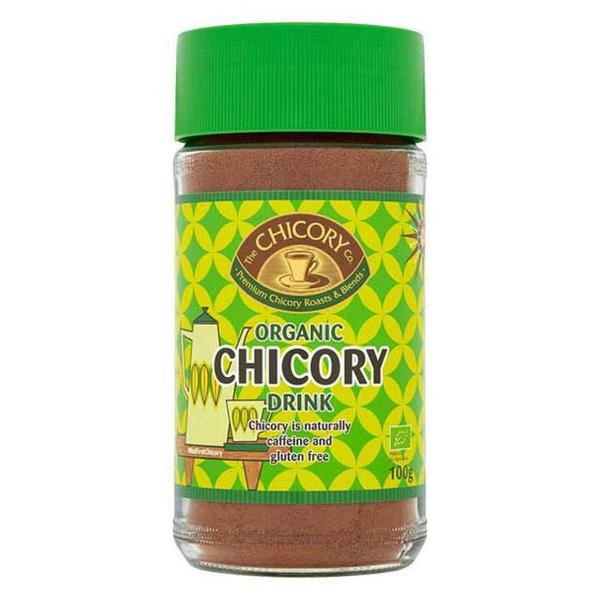
Jerusalem artichokes
Despite their name, these vegetables have nothing to do with Jerusalem and are not even artichokes! They are in fact a variety of sunflower and bear a striking resemblance to ginger root. Jerusalem artichokes contain between 16 and 20g of inulin per 100g, making them an excellent source of this prebiotic. They are also a particularly good source of iron. Top tip: Cook them in the same way as potatoes by either roasting them, sautéing them or making them into soup. Jerusalem artichoke are typically available to buy from late Winter through to early Spring.

Asparagus
Asparagus is another rich source of inulin, containing between 2 and 3g in its raw form. It’s also a great source of vitamin K, which is required by the body for bone health and blood clotting. It’s crucial to avoid cooking the asparagus if you want to make the most of its prebiotic effects. Add some fresh spears to salads such as this one to add a bit of extra crunch. We source UK grown organic Asparagus which is typically available for a short time in early Spring.
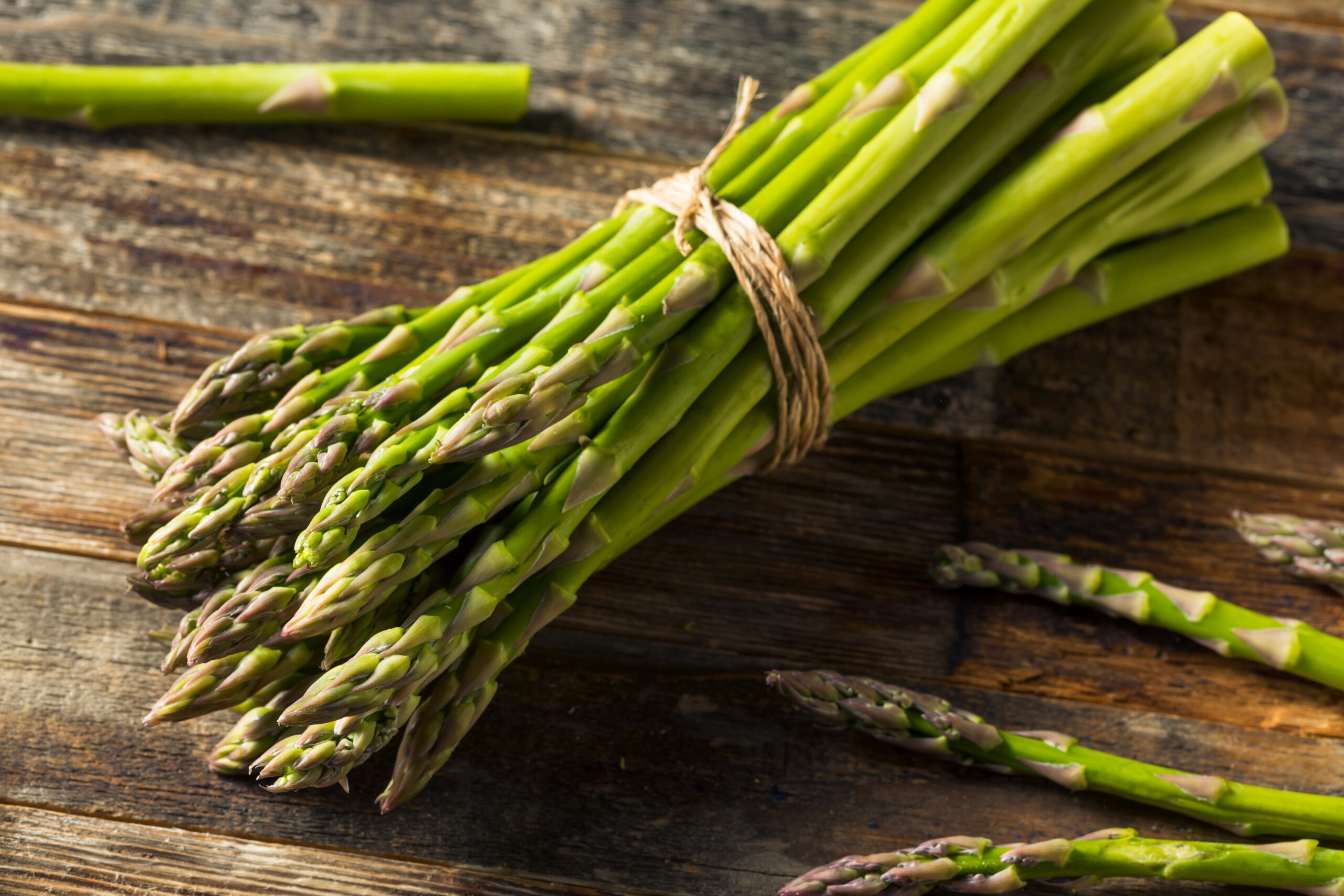
These are the foods that really pack a punch when it comes to inulin, but there are others to add to the list as well. Jerusalem artichokes, dandelion greens, asparagus, bananas and wheat bran will all help to top up your stores of this prebiotic fibre. Why not add them to your shopping list today?







